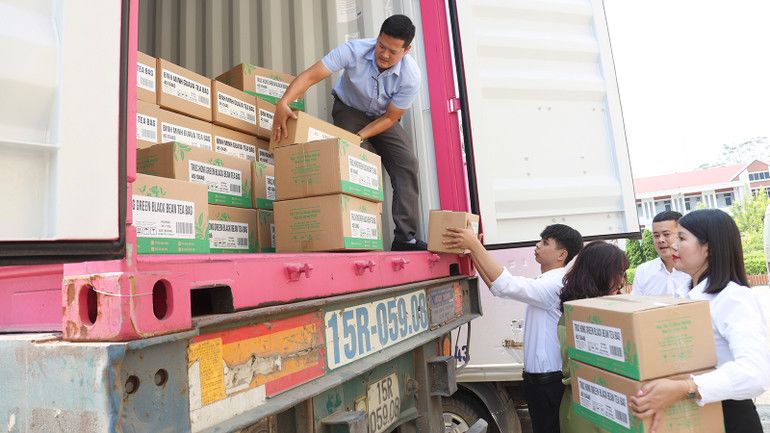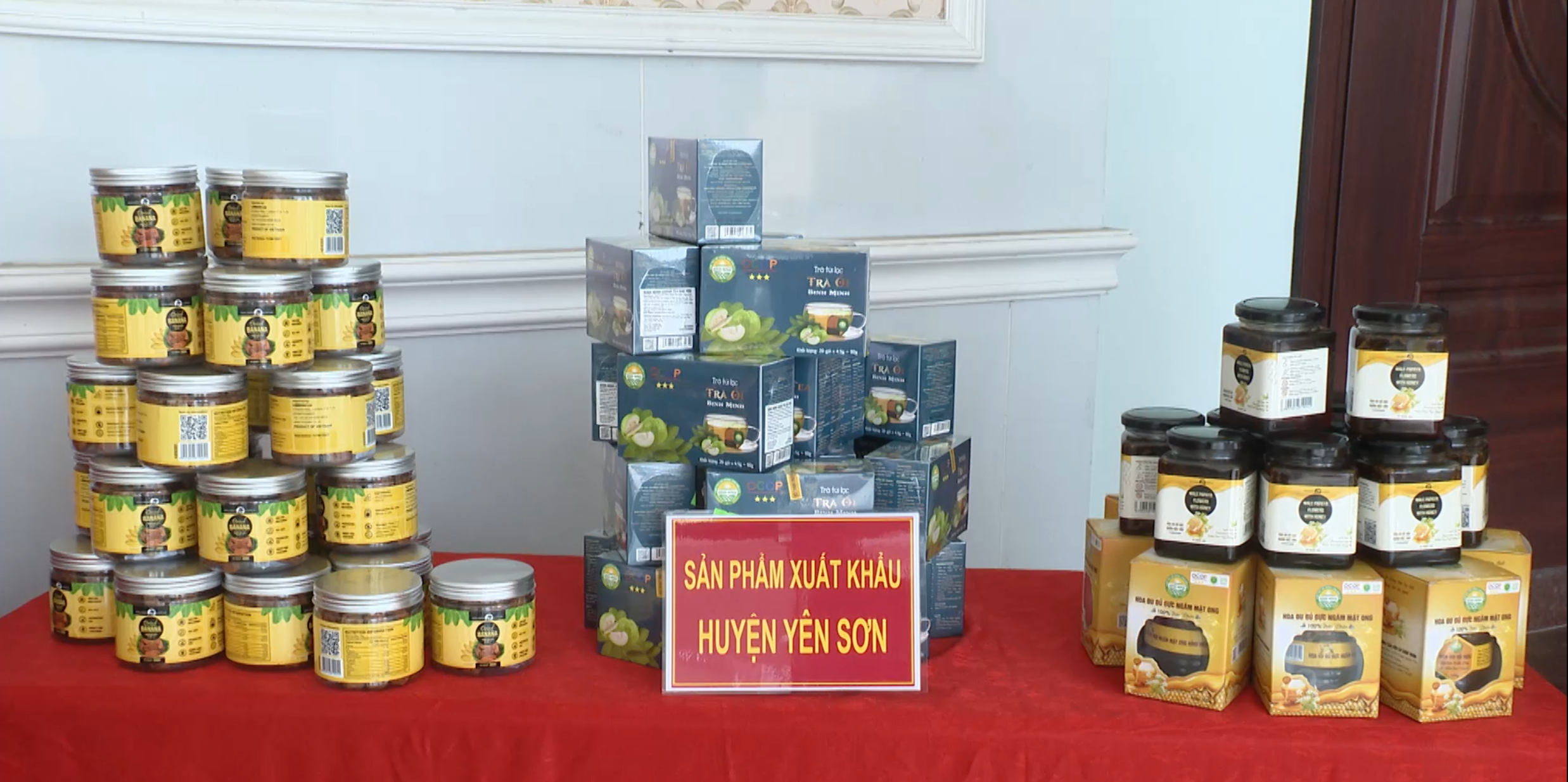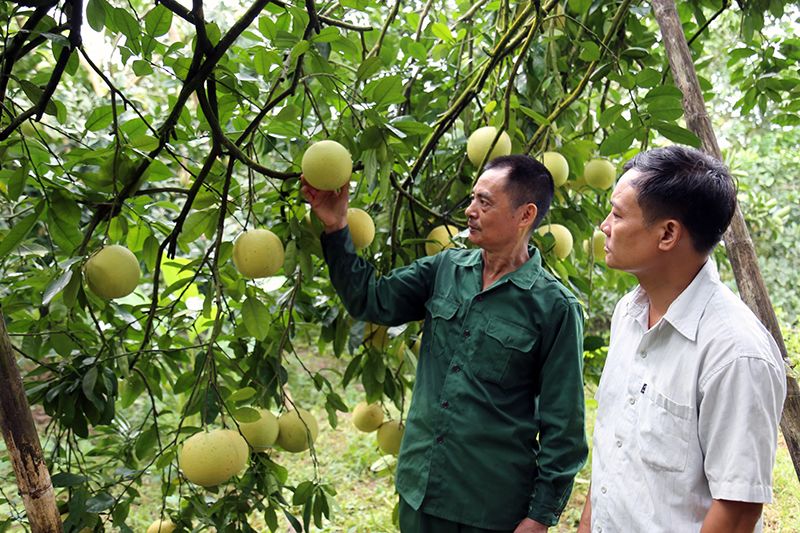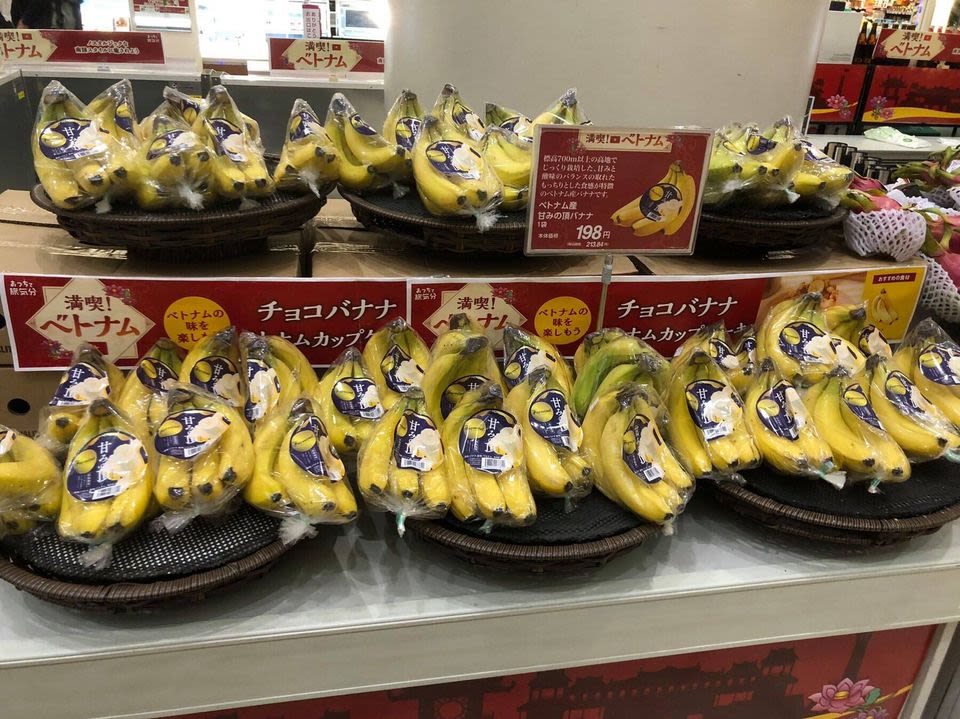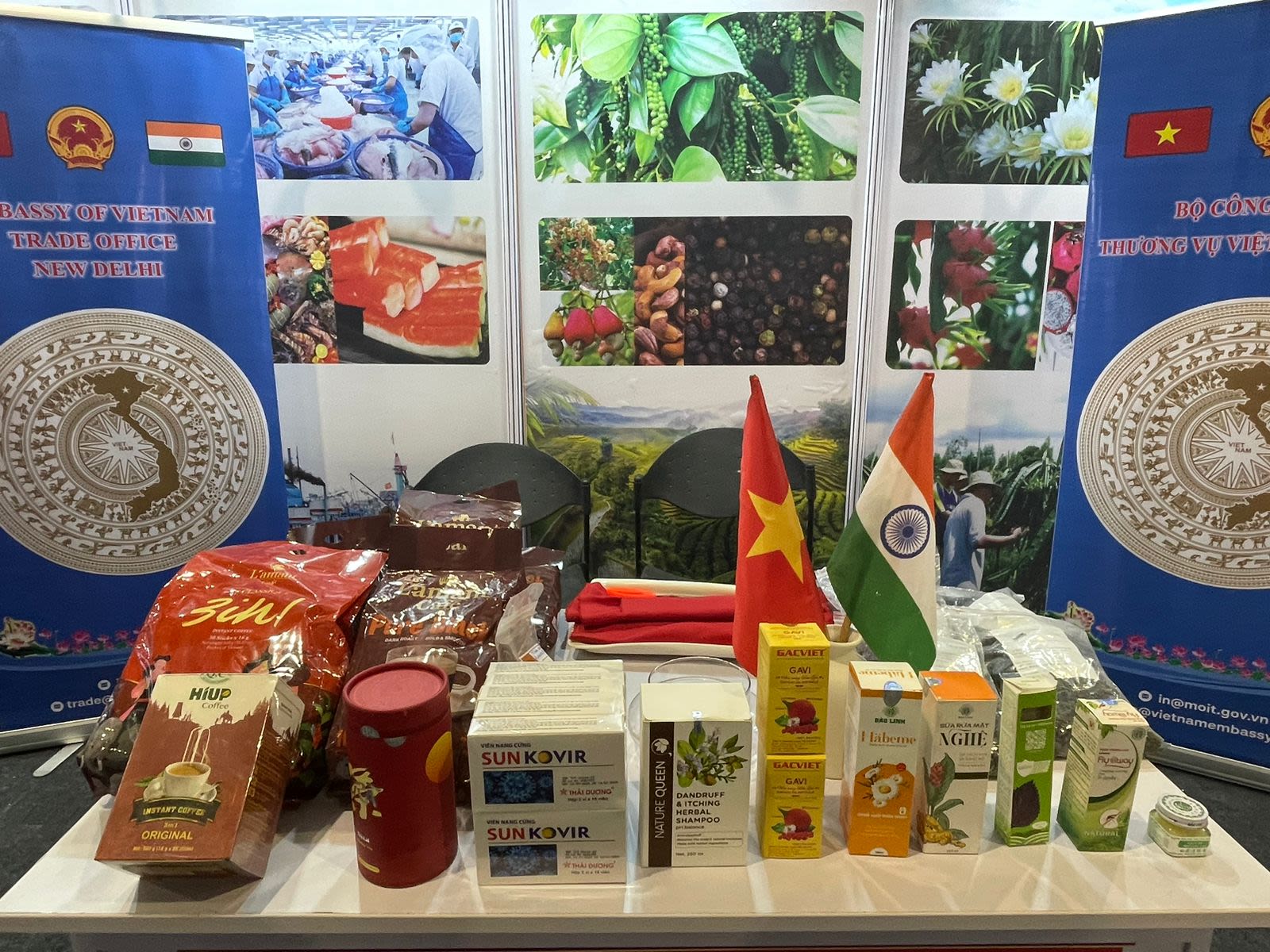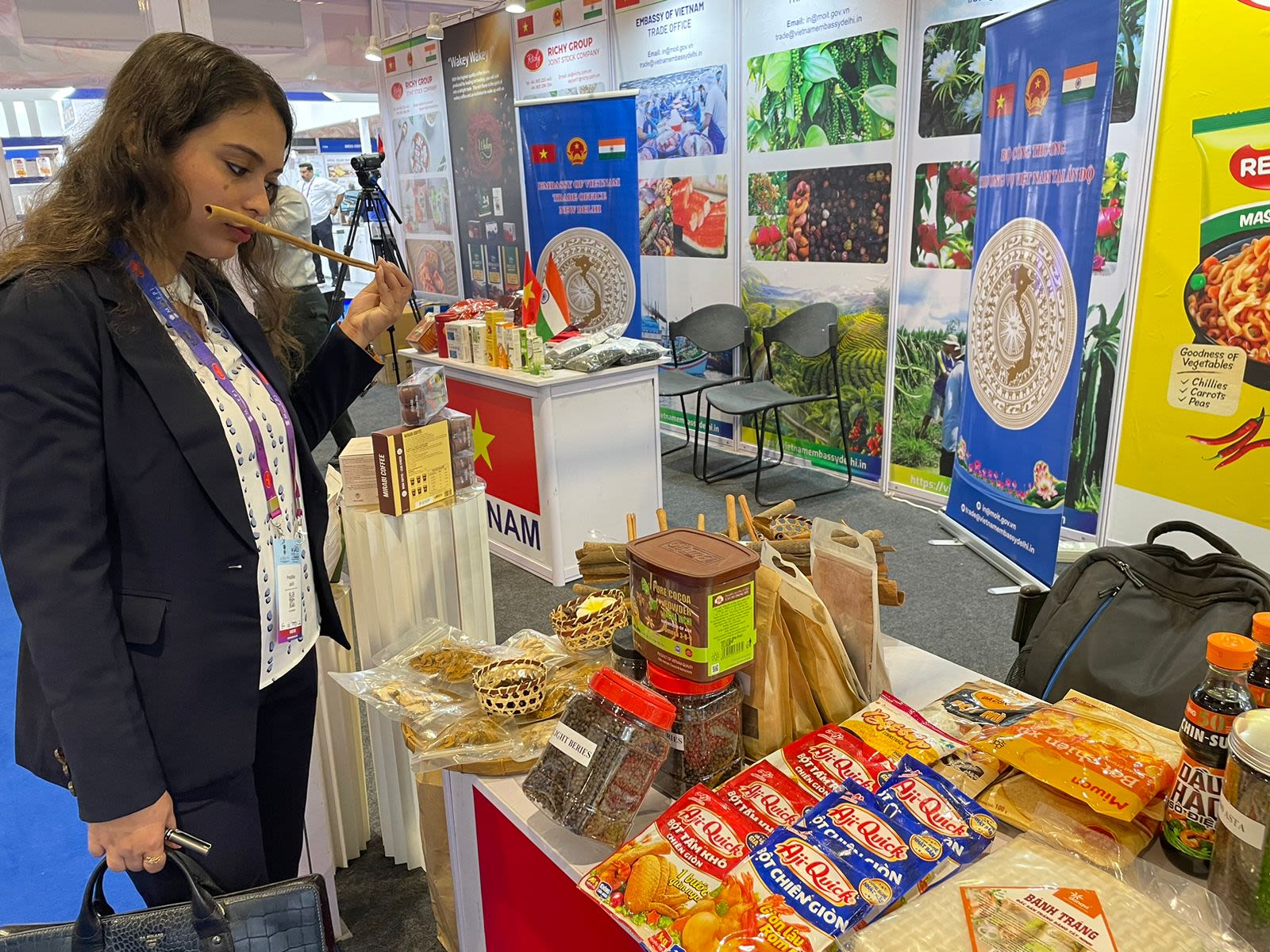Positioning Vietnamese brands on the global export map
By Nhan Dan English
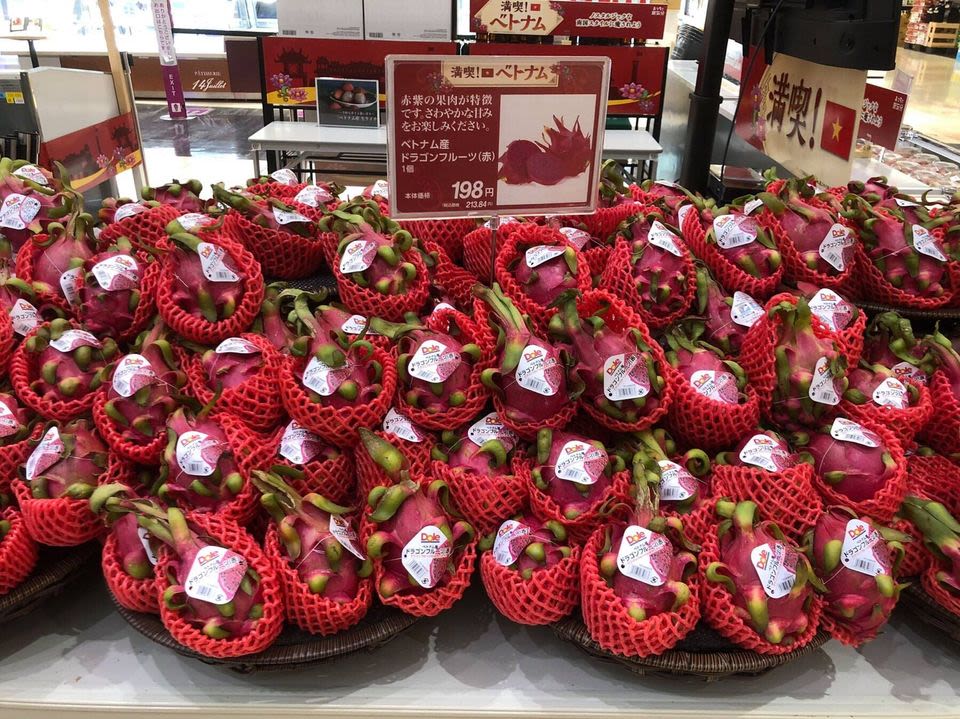
With the first OCOP products from mountainous provinces like Tuyen Quang reaching European markets, to shipments of Soi Ha pomelos exported to the UK, and strong exports of spices and electronics to India, Viet Nam is presenting a new image: a nation of quality, branded, and reliable goods in the eyes of global partners. However, for Vietnamese brands to grow sustainably and go the distance, a comprehensive strategy and coordinated efforts remain essential.
From potential to real value
In recent years, the concept of a “national brand” has become increasingly familiar to both the business community and local authorities. The presence of Vietnamese goods in demanding markets such as the European Union, Japan, the US, and India reflects the growing competitiveness of Vietnamese products, especially those standardised to international benchmarks, bearing clear certifications, and tied to distinctive local raw material regions.
A vivid example is the export of the first OCOP shipment from Tuyen Quang Province to the UK in October 2024. Organised by the provincial Department of Agriculture and Rural Development in coordination with the Yen Son District People's Committee and R.Y.B Joint Stock Company, this event opened a new gateway for highland specialties to reach global consumers.
The initial shipment included 2,200 products from six cooperatives with OCOP 3-star and 4-star ratings, such as guava tea, male papaya flowers soaked in honey, soft dried bananas, black bean (green-centred) tea bags, lemon syrup, and kumquat syrup. All products were professionally packaged, featured traceable origins, and received positive feedback from the UK market.
Nguyen Thanh Huong, Director of R.Y.B Joint Stock Company, said: “Initial feedback from UK customers has been very encouraging. They particularly value the packaging, product standards, inspection procedures, and transparent traceability. We have already engaged with EU distributors and received advance orders for 10,000–15,000 Soi Ha green-skinned pomelos meeting export standards.”
The most noteworthy was the successful export of Soi Ha pomelos - a specialty fruit from Xuan Van Commune, Yen Son District - which passed all 923 pesticide residue checks required for entry into the UK. Do Khac Thoa, one of the local farmers involved in the cultivation, said: “Harvesting pomelos for exports requires precise cutting techniques. Only sweet fruits with a Brix sweetness level of 11.5, free from blemishes and pests, are selected. Since adopting the export protocols, farmers have been extremely careful and committed.”
The first OCOP shipment from Tuyen Quang Province to the UK includes 2,200 products.
The first OCOP shipment from Tuyen Quang Province to the UK includes 2,200 products.
Exported products from Yen Son District, Tuyen Quang Province.
Exported products from Yen Son District, Tuyen Quang Province.
Soi Ha pomelos (Tuyen Quang Province) have reached the UK market.
Soi Ha pomelos (Tuyen Quang Province) have reached the UK market.
Talking with Nhan Dan Newspaper reporter, Agriculture, Food and Drink Attaché at the British Embassy in Viet Nam, Matthew Albon-Crouch, noted that it is very advisable that Viet Nam is trying to increase the value of their products. A lot of the products being produced currently have achieved so much more than project-level compliance.
"A pomelo is like a mix between an orange and a grapefruit, but it takes away the tanginess that can often make grapefruit quite bitter. And my mother was in Viet Nam a few months ago and she fell in love with pomelos. And now she is really happy that when she goes back to the UK, she can go into her local supermarket and buy Vietnamese pomelos. "
Tuyen Quang has not been only exporting goods, it is building a professional, high-quality, and sustainable local agricultural brand, in partnership with businesses, cooperatives, and the farming community. According to Nguyen Dai Thanh, Director of the Tuyen Quang Provincial Department of Agriculture and Rural Development, the department will continue to expand raw material zones, improve technical procedures, and strengthen quality control to elevate specialty products into provincial brands recognised globally.
This is more than the story of a single fruit or a single shipment, it is a model of building local branding aligned with national branding, from zoning cultivation areas, quality management, product communication, and market linkages, to protecting intellectual property rights.
Journey to position Vietnamese products in the global supply chain
Not only in Tuyen Quang, but businesses in major economic hubs such as Ha Noi and Ho Chi Minh City are also undergoing a transformation to reposition Vietnamese products on the global trade map.
Mac Quoc Anh, Vice President and Secretary-General of the Ha Noi Association of Small and Medium Enterprises, said: “We are facing a golden opportunity to elevate the brand of Vietnamese products, especially as domestic consumers increasingly prioritise Vietnamese goods that offer clear branding and high quality. Free trade agreements (FTAs) are opening access to markets in the EU, the US, Japan, India, and the Republic of Korea (RoK) for Vietnamese branded products.”

"We have good products but lack strong brands. Vietnamese businesses still lack a strategic mindset when it comes to brand communication and product image development in international markets. There is insufficient linkage between enterprises, between businesses and industry associations, and between businesses and the State."
Mac Quoc Anh, Vice President and Secretary-General of the Ha Noi Association of Small and Medium Enterprises
To address this, Anh proposed the development of a comprehensive branding support ecosystem. This includes support for enterprises in areas such as finance, workforce training, legal consultation, and international marketing. He also emphasised the continued implementation of programmes such as “Vietnamese People Prioritise Vietnamese Goods”, the National Brand Programme, and the One Commune, One Product (OCOP) Programme in a more effective and widespread manner. At the same time, small and medium-sized enterprises (SMEs) should be supported with preferential loans to invest in upgrading product design, packaging, and production technologies — key factors for brand competitiveness. Furthermore, it is important to build regional and sectoral linkages to develop collective brands or cluster-based branding, for instance: “Ha Noi fashion”, “natural cosmetics from the Northwest”, or “Bat Trang ceramics.”
In India, a rapidly growing economy of over 1.4 billion people, Viet Nam is gradually asserting itself as a reliable supplier, particularly in agricultural and supporting industrial products. According to Viet Nam’s Trade Counsellor in India Bui Trung Thuong, products such as cashew nuts, pepper, cinnamon, star anise, and electronic components from Viet Nam have been well received in the Indian market.
However, Thuong also noted that behind the impressive export figures lies a significant gap in brand development. Many Vietnamese businesses still underinvest in packaging, labelling, and product marketing, which prevents their goods from establishing a lasting impression among Indian consumers.
He cited a specific example: “A Vietnamese company exported spices to India but failed to meet local technical regulations. As a result, the shipment was stuck at the port for days, causing financial losses and damaging the company’s reputation.”
This perspective highlights that branding is not merely about attractive packaging or promotional slogans, it is about a company’s ability to meet technical standards, align with consumer culture, and comply with legal regulations in each market.
Tran Hai Linh, Chairman of the Business Association of Overseas Vietnamese, offered a view from the overseas Vietnamese community. According to him, Vietnamese brands must go hand in hand with international standards. When the overseas Vietnamese business community acts as a bridge to bring local products to the global market, domestic companies must demonstrate real capabilities in terms of quality, process, credibility, and professionalism to win over international consumers.
This incident offers a costly lesson, not only financially but also for Viet Nam’s national brand reputation. In international trade, a single lapse in compliance with import regulations can jeopardise credibility and market share. “Understanding the rules, adhering to standards, and building trust are essential for Vietnamese products to take root in foreign markets,” Thuong added.
Linh highlighted a pivotal element in the strategy to establish a Vietnamese brand identity: the connection between domestic enterprises and the global network of overseas Vietnamese entrepreneurs. When the overseas Vietnamese community is willing to act as brand ambassadors for Vietnamese products, domestic businesses must demonstrate genuine capability in terms of product quality, process integrity, reputation, and professionalism. Gaining the trust not only of international partners but also of overseas Vietnamese entrepreneurs is essential to creating a ripple effect that elevates Vietnamese brands on the global stage.
From bright spots to national strategy for elevating Vietnamese brands
According to data from the General Department of Customs, as of June 15, 2025, Viet Nam’s total export turnover reached 17.54 billion USD, bringing the year-to-date figure to 197.88 billion USD, an increase of 13.7% compared to the same period in 2024.
However, according to Vice President and Secretary-General of the Ha Noi Association of Small and Medium Enterprises Mac Quoc Anh, a persistent challenge for Vietnamese exports is the problem of high volume but no brand. Major export commodities such as coffee, pepper, cashew nuts, rice, textiles, and seafood all boast billion-dollar revenues. Yet a significant portion of these goods are still exported under OEM or outsourcing models, with little to no brand recognition. This remains a major barrier to embedding Vietnamese products into global value chains.
He stressed: “We have production capacity, quality, and markets, but without brand building, we are destined to remain just subcontractors”. Branding is what creates the highest added value in the product chain.
As of June 15, 2025, Viet Nam’s total export turnover reached 17.54 billion USD.
As of June 15, 2025, Viet Nam’s total export turnover reached 17.54 billion USD.
Branding is what creates the highest added value in the product chain.
Branding is what creates the highest added value in the product chain.
Resolution No. 68 has laid out a strategic vision to promote Vietnamese brands as part of a national branding strategy. This creates more favourable conditions for supporting enterprises in registering trademarks abroad; developing regional, sectoral, and national brands instead of leaving each enterprise to struggle with branding alone; expanding national trade promotion campaigns, helping Vietnamese firms participate in international expos and Vietnamese product weeks in major markets; fostering linkages between SMEs and lead firms to build cluster brands rather than fragmented and isolated efforts.
Vietnamese products are favoured by Indian consumers.
Vietnamese products are favoured by Indian consumers.
In India, the Viet Nam Trade Office has actively organised numerous events such as World Food India, WOFX Mumbai, and IHE 2024 to connect Vietnamese products directly with Indian distributors and retailers. These initiatives mark a strategic shift, from merely introducing goods to positioning brands in the marketplace.
In addition, the Ha Noi SME Association has proposed leveraging underutilised public assets and land to support small and medium enterprises in investing in export-oriented production and business — which is viewed as a practical solution to spur brand-led growth.
The success of Soi Ha pomelos, Tuyen Quang guava tea, Vietnamese cashew nuts in India, and electronic components in the US are no longer anecdotal. These stories deliver a powerful message that Vietnamese brands can and must go global.
To achieve that goal, Viet Nam needs a long-term and sustainable national branding strategy with close coordination among businesses, the government, industry associations, diplomatic missions, and the overseas Vietnamese business community. Only then will Vietnamese brands evolve from a label on packaging into a trusted identity in the minds of global consumers.
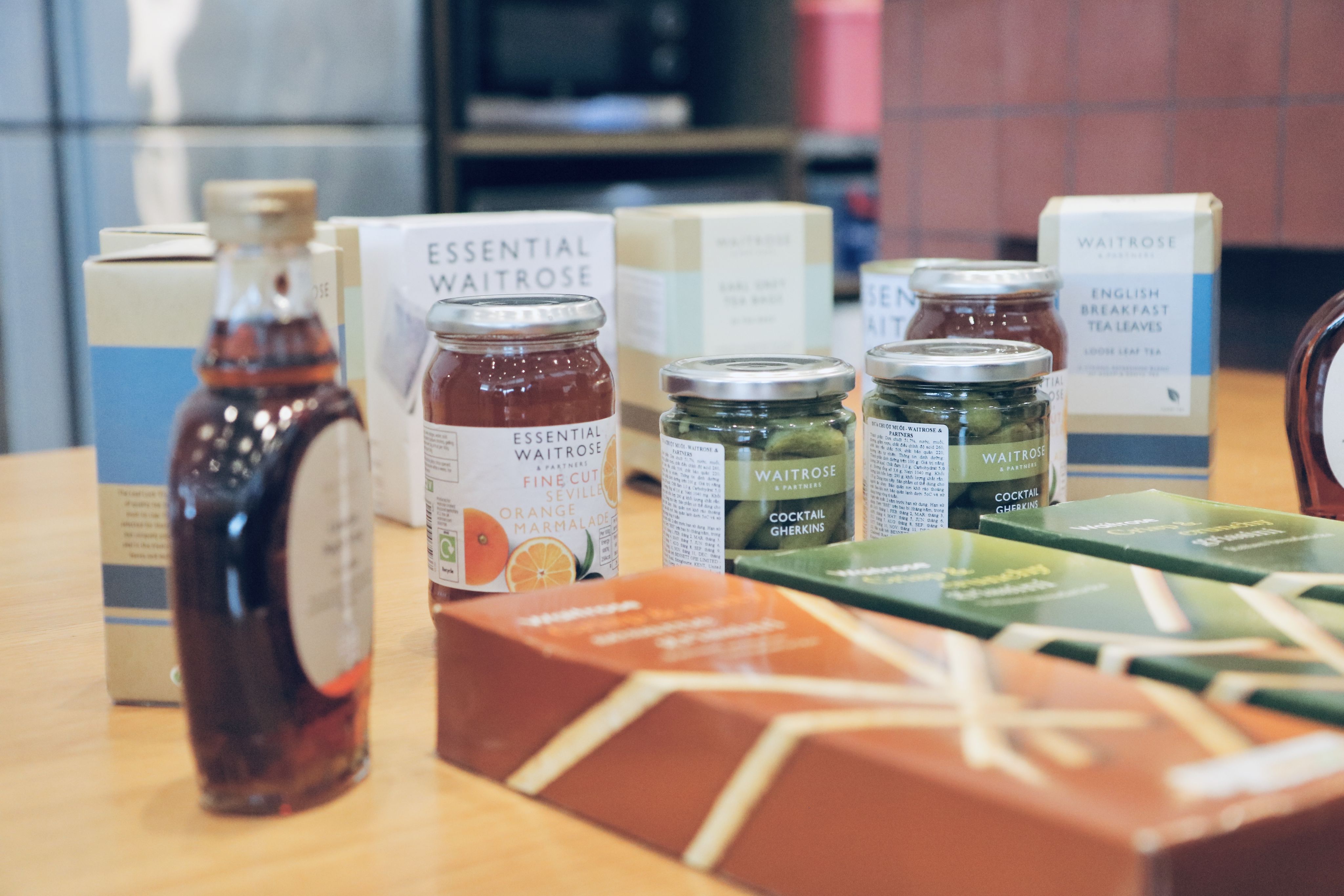
Published: June 27, 2025
Content: Thach Vu, Trung Hieu, Kim Linh, Khanh Lan, Minh Phuong
Photos: NDO, Viet Nam’s Trade Offices in India and the Republic of Korea
